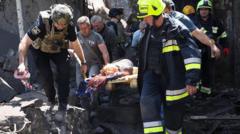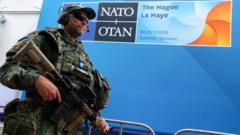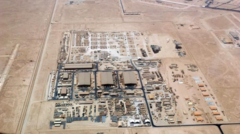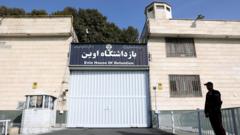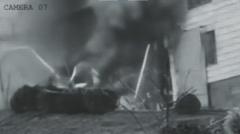A Pentagon evaluation indicates that recent US airstrikes on Iran's nuclear facilities did not significantly damage the program, raising questions about their effectiveness.
US Strikes on Iranian Nuclear Facilities: Limited Impact Revealed by Pentagon
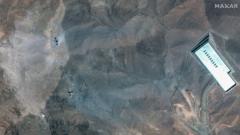
US Strikes on Iranian Nuclear Facilities: Limited Impact Revealed by Pentagon
New Pentagon assessment suggests US airstrikes on Iran's nuclear sites only temporarily delayed the program, contradicting previous statements from President Trump.
The US airstrikes targeting Iran's nuclear sites may not have had the desired destructive impact, according to a Pentagon intelligence assessment. Sources familiar with the evaluation by the Defense Intelligence Agency informed CBS that the strikes likely only set back Iran's nuclear program by a few months rather than obliterating it as suggested by President Donald Trump's statements.
The airstrikes aimed at three sites—Fordo, Natanz, and Isfahan—involved the use of "bunker buster" bombs engineered to penetrate deep structures. Despite the apparent damage visible from recent satellite images showing large craters at the Fordo site, the assessment found that most of Iran's centrifuges remained intact and that damage was primarily limited to aboveground installations.
While the White House has dismissed the Pentagon’s assessment as "flat-out wrong," asserting that the strikes "completely and totally obliterated" Iran's capabilities, sources indicated that more resilient aspects of the program remain operational. Additionally, certain enriched uranium stockpiles were reportedly relocated prior to the strikes, potentially mitigating the impact of the bombings.
The findings suggest that Iran could resume its nuclear activities relatively quickly, based on the time required for repairs and restoration of operations. Following these developments, analysts and policymakers are left to reconsider the long-term implications of the US military action on Iran's nuclear ambitions.
The airstrikes aimed at three sites—Fordo, Natanz, and Isfahan—involved the use of "bunker buster" bombs engineered to penetrate deep structures. Despite the apparent damage visible from recent satellite images showing large craters at the Fordo site, the assessment found that most of Iran's centrifuges remained intact and that damage was primarily limited to aboveground installations.
While the White House has dismissed the Pentagon’s assessment as "flat-out wrong," asserting that the strikes "completely and totally obliterated" Iran's capabilities, sources indicated that more resilient aspects of the program remain operational. Additionally, certain enriched uranium stockpiles were reportedly relocated prior to the strikes, potentially mitigating the impact of the bombings.
The findings suggest that Iran could resume its nuclear activities relatively quickly, based on the time required for repairs and restoration of operations. Following these developments, analysts and policymakers are left to reconsider the long-term implications of the US military action on Iran's nuclear ambitions.


